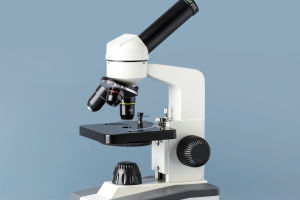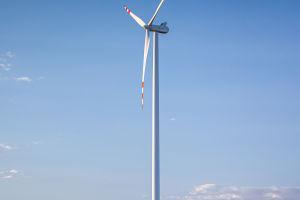Establishing an observatory requires careful consideration of various factors to ensure optimal conditions for astronomical observations.
The location and environment play a crucial role in the quality of data collected.
Here’s a detailed look at the key rules and considerations for siting an observatory.
1. Dark Sky Conditions
One of the most critical factors in choosing an observatory site is the quality of the night sky. Light pollution from urban areas can severely hinder astronomical observations by washing out faint celestial objects. Therefore, observatories should be situated far from cities and towns, preferably in remote areas where the night sky remains dark and clear. The Bortle scale, which measures the darkness of the night sky, is often used to evaluate potential sites. An ideal observatory site would be in a region with a Bortle scale rating of 1 (an excellent dark sky) or 2.
2. Altitude and Atmospheric Stability
The altitude of an observatory is another crucial factor. Higher altitudes reduce the amount of atmosphere the telescope must peer through, resulting in clearer and sharper images. Mountains or high plateaus are often chosen for this reason. Additionally, atmospheric stability, or “seeing,” is vital for minimizing the blurring effects of air turbulence. Locations with steady, stable air, such as deserts or coastal areas with minimal wind, are preferred.
3. Climatic Conditions
The climate at the observatory site greatly impacts the number of nights suitable for observation. Ideally, the location should have a dry climate with minimal cloud cover throughout the year. Deserts, such as the Atacama Desert in Chile, are popular for observatories due to their consistently clear skies. The number of clear nights per year is a key metric in determining the suitability of a site. Sites with over 200 clear nights annually are considered excellent for astronomical research.
4. Geological Stability
Seismic activity can be a significant issue for observatories, as even minor ground movements can disrupt delicate observations. The site should be geologically stable, with minimal risk of earthquakes or ground shifts. Additionally, the ground beneath the observatory should be solid and capable of supporting the heavy equipment without settling or shifting over time.
5. Accessibility
While remote locations are often preferred to avoid light pollution, the site must also be accessible for the construction and maintenance of the observatory. This includes the availability of roads, transportation infrastructure, and the ability to deliver large and sensitive equipment to the site. However, accessibility should not compromise the primary criteria of dark skies and atmospheric stability.
6. Proximity to Power and Communication Networks
Modern observatories rely heavily on power and data communication networks. The site should be close enough to power sources or have the capability to generate its own power through renewable means, such as solar or wind energy. Additionally, a reliable internet connection is essential for data transmission, especially for observatories that need to share real-time data with researchers around the world.
7. Environmental Protection and Regulations
When selecting a site, it is important to consider environmental protection laws and regulations. The construction and operation of an observatory should have minimal impact on the local ecosystem. This includes ensuring that the observatory does not disrupt local wildlife or natural resources. Compliance with environmental regulations is crucial for securing permits and maintaining the observatory’s operations in the long term.
8. Security and Safety
Security is a practical concern for any observatory. The site should be secure from vandalism, theft, or unauthorized access. Additionally, safety measures must be in place to protect the observatory staff and equipment from natural hazards such as wildfires, floods, or extreme weather conditions.
9. Future Expansion and Development
When choosing a site, it’s essential to consider the potential for future expansion. The location should have enough space for the addition of new telescopes or other facilities as technological advancements occur. Additionally, the site should be protected from future developments that could introduce light pollution or other disturbances.
Siting an observatory is a complex process that requires balancing multiple factors to create the best possible conditions for astronomical research. From dark skies and atmospheric stability to accessibility and environmental protection, each aspect plays a vital role in the observatory’s success. Careful consideration of these rules ensures that the observatory can operate effectively and contribute valuable data to the field of astronomy for years to come.


